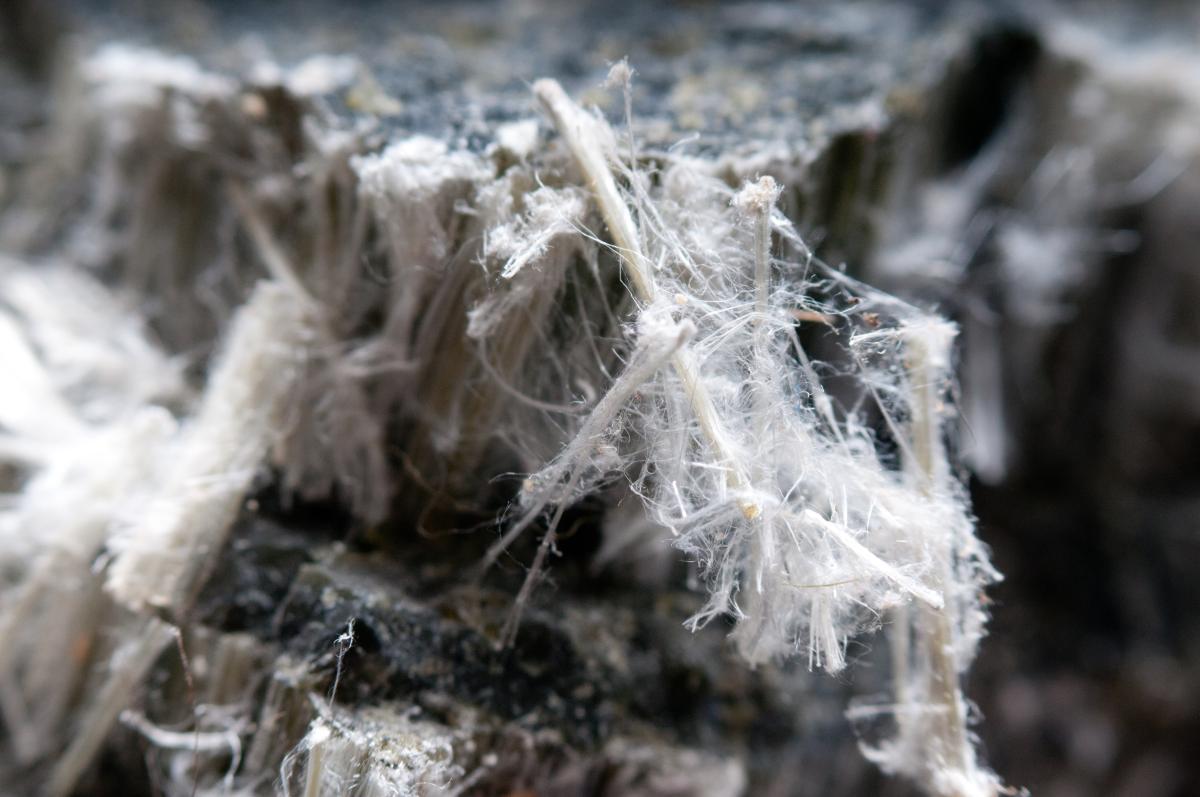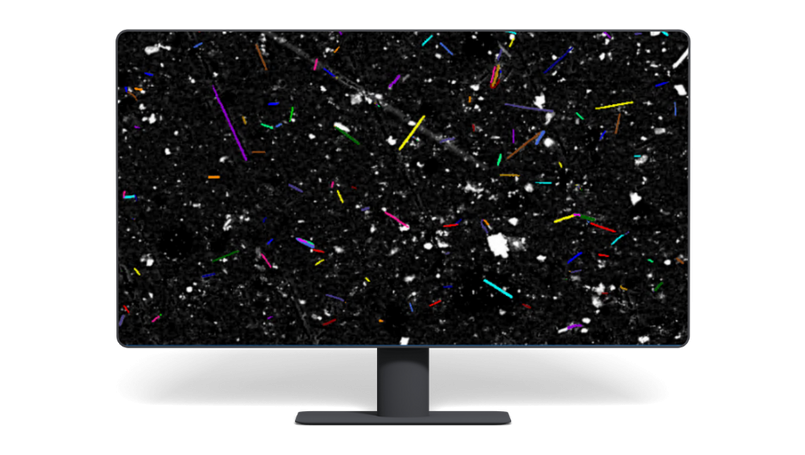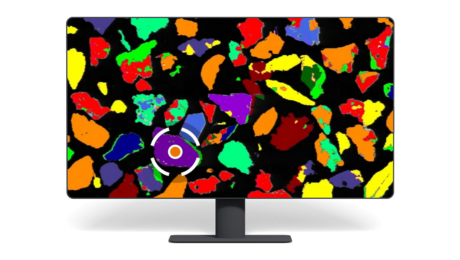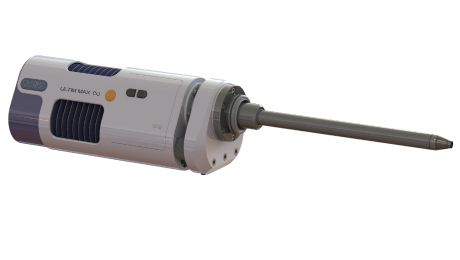What are airborne particles?
Historically, airborne particulates have been dealt with primarily by number and size - the numbers of particles within size ranges such as PM10 (airborne particles of 10 µm or less) and PM2.5 (particles of 2.5 µm or less). This classification does of course have its uses and is a valuable way of describing airborne particulates but it does lack important information on the composition of particles. This information is starting to become increasingly valued and is likely to be even more so in the future as understanding develops on the specific effects of particles of different compositions at this size scale.

An increasing amount of research is being conducted on atmospheric particles. Researchers working in the field are developing knowledge on how the atmosphere works by studying the particles within it and what effect they have on atmospheric processes. This work is fed into atmospheric and climate models and has impacts on policy, climate change mitigation plans and potentially forecasting.
A connection between a particle’s size and composition show how those parameters affect ice nucleation in the atmosphere. Particles with different compositions nucleate ice to different extents and so by combining knowledge of the range of particle sizes and compositions with experiments on ice nucleation the effects of those particles on processes such as cloud formation can be determined. Similar methods are applicable to studies of pollutants with particles of different compositions having different effects when they enter the human body.
How can we analyse airborne particles?
We can help you determine the size and composition of particles with one measurement. SEM-EDS with AZtecFeature (Ultim Max, Xplore) run automated particle analysis to reliably give you answers. | Human breathing in air particles.
Contact us
If you have any questions, or would like to speak to an expert or request pricing, please fill in the form below and we will reply to your enquiry shortly.








